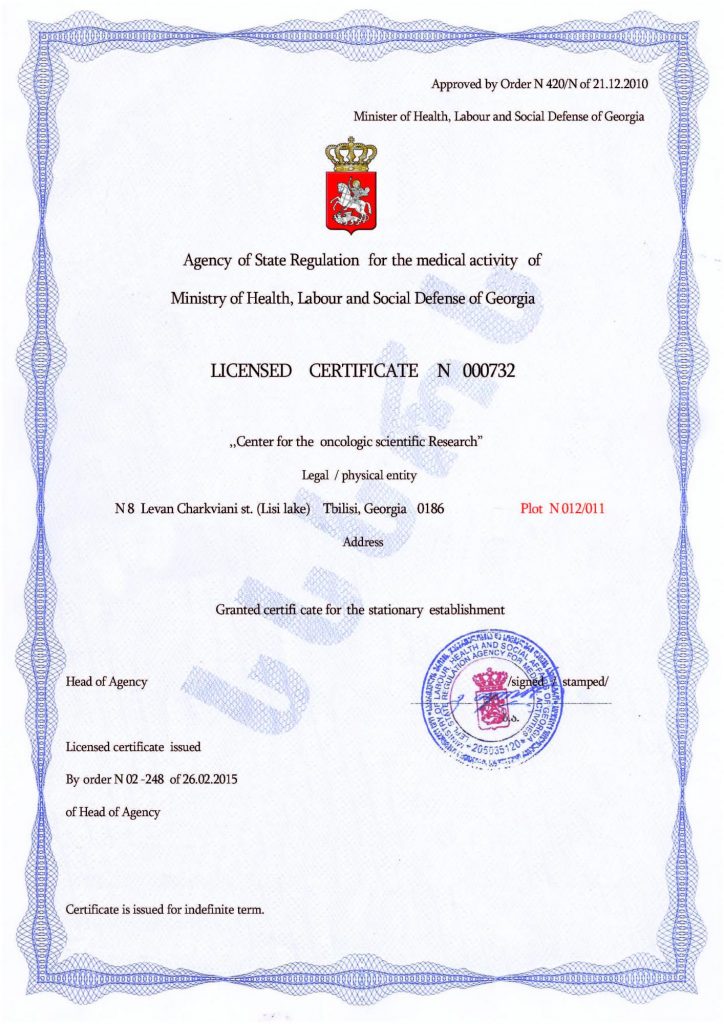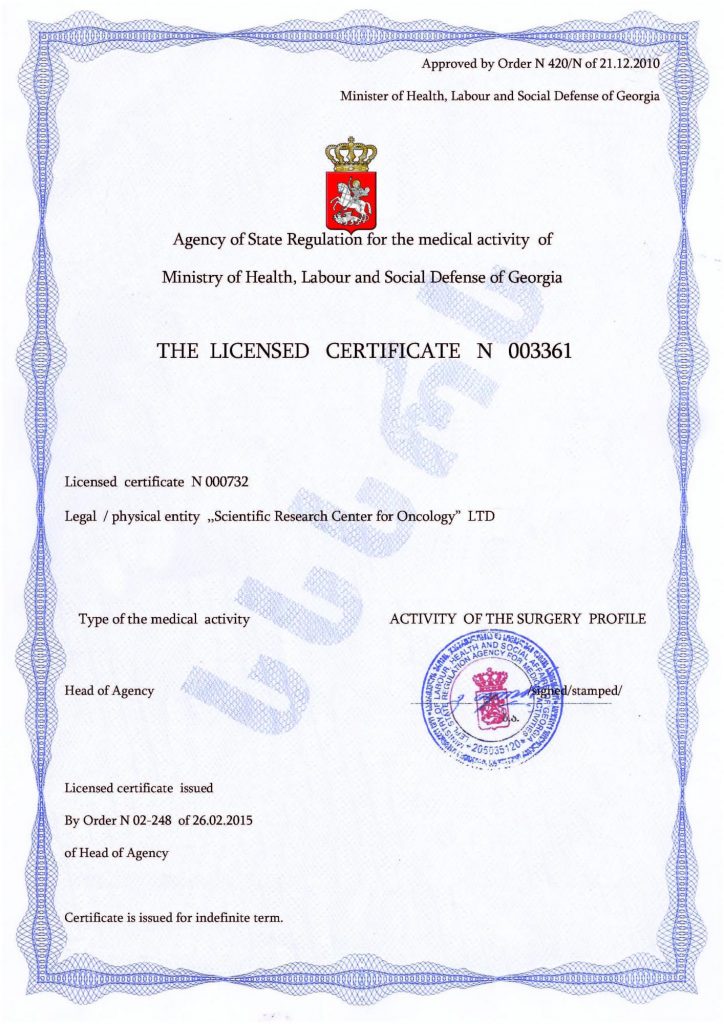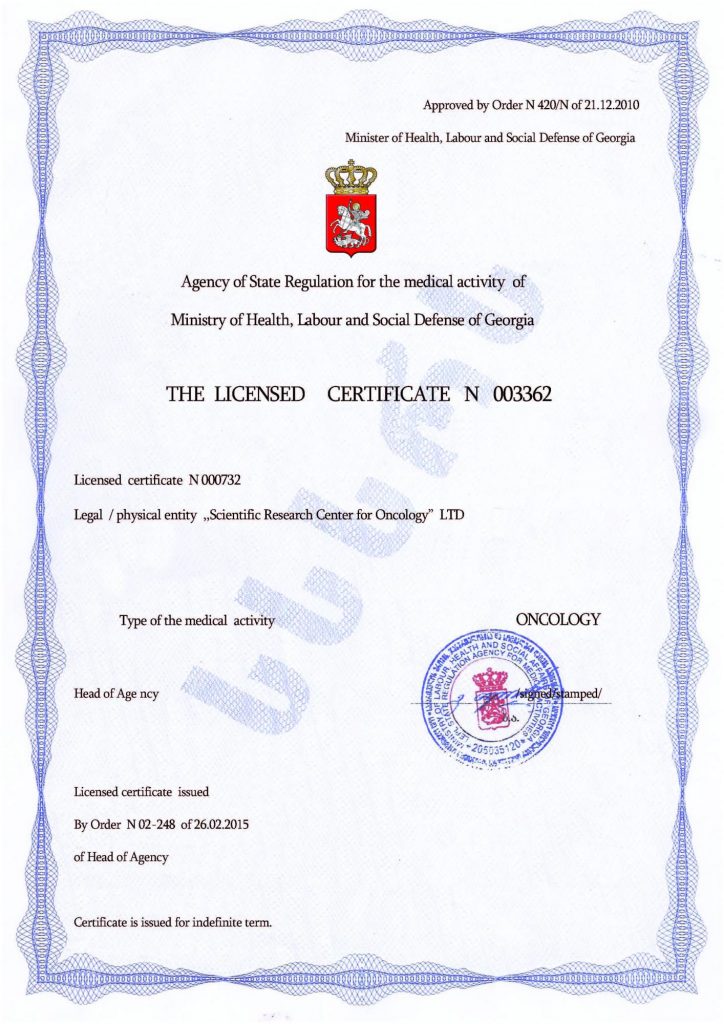Sensory Seeking in Autism: Signs and Symptoms
Individual Features of Autism Spectrum Disorders: The individual characteristics of autism spectrum disorders manifest in how patients perceive external stimuli. These individuals process sensory information in different ways, and sometimes it is insufficient to trigger a response from the sensory organs. In such cases, autistics start seeking new ways to activate their sensory systems, and this behavior isn’t always safe for them.
Response to External Stimuli: Often, even ordinary external stimuli, like street noise or the lights in a room, can cause discomfort and lead to stress. However, some autistics show no reaction to such stimuli, which prompts them to seek ways to increase the activity of their sensory organs.
Behavioral Corrections and Personalized Support: This behavior needs correction, which primarily depends on correctly assessing the state of the autistic individual. It is essential to provide personalized support that takes into account each person’s sensory needs, as this can help them lead a full life.
Manifestation of Sensory-Seeking Behavior:
- Sensory-seeking behavior can manifest in various ways, such as repetitive movements or heightened interest in certain sounds or visual stimuli. It may involve a desire to touch different objects or surfaces, rocking, or spinning on a chair, and so on. Such individuals sometimes also have a high pain threshold and the ability to tolerate clear discomfort.
Comprehensive Approach to Treatment:
- To address these symptoms, a comprehensive approach that considers personal traits and sensory needs is required. Sensory organs should be protected from external stimuli (e.g., reducing light brightness or allowing the use of noise-canceling headphones) or, conversely, the autistic person may be involved in activities that reflect their interest in different surfaces, colors, and sounds. In any case, it should be controlled and carefully planned.
Stress Prevention:
- Stress from sensory overload can also be prevented with relaxation breaks, aided by weighted blankets or fidget toys. The development of self-regulation skills can be supported by adhering to a clear daily routine, especially if the schedule includes visual cues.
Understanding Sensory Needs for Effective Support:
- To effectively support autistics with heightened or insufficient sensory-seeking activity, it is crucial to fully understand their sensory needs and how they process the information their sensory organs receive. It is highly likely that calming factors for them are those that would normally stimulate the sensory system in typical responses. However, discovering this requires prolonged observation and communication.
These complexities can be avoided by normalizing the autistic person’s condition. Currently, the most effective way to alleviate or minimize the symptoms of the disorder and correct brain and nervous system function is through stem cell therapy. This approach relies on the unique ability of stem cells to transform into any other cells and replace those that have lost functionality. Such a process can occur in any organ, including the brain, which, like the nervous system, begins to function as nature intended.
Stem cell treatment is the most advanced, safe, reliable, and effective method, enhancing the efficacy of other therapies. It is already widely accepted and may eventually become the primary treatment for autism. Currently, this treatment is available at leading clinics worldwide, one of which is the Mardaleishvili Medical Center.
The center employs highly qualified specialists with extensive practical and scientific experience, is equipped with the most modern equipment, and offers services at lower prices than other countries. Additionally, those wishing to undergo innovative autism treatment can expect comprehensive support with travel planning and accommodation arrangements.
Undergoing stem cell therapy can help normalize sensory reactions
Autism Treatment Center Videos
Autism treatment with own stem cells
Cord blood association congress
International Quality Crown
Autism Treatment Reviews
Autism treatment with own stem cells
The story of Alessandro (6 years old)
Autism Patient Testimonial - Stem Cell Treatment
Clients Testimonials

Feedback from Igor, David’s father (12 years old) Read More
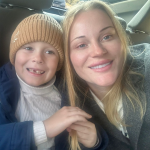
Feedback from Olga, Fedya’s mother Read More
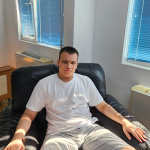
Feedback from Natalia, Radomir’s mother (15 years old) Read More
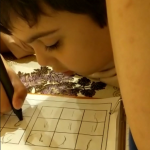
Feedback from Esther, Samuel’s mother (8 years old) Read More
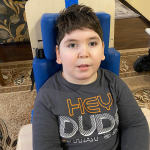
Feedback from Abibe, Selim’s mother (7 years old) Read More









